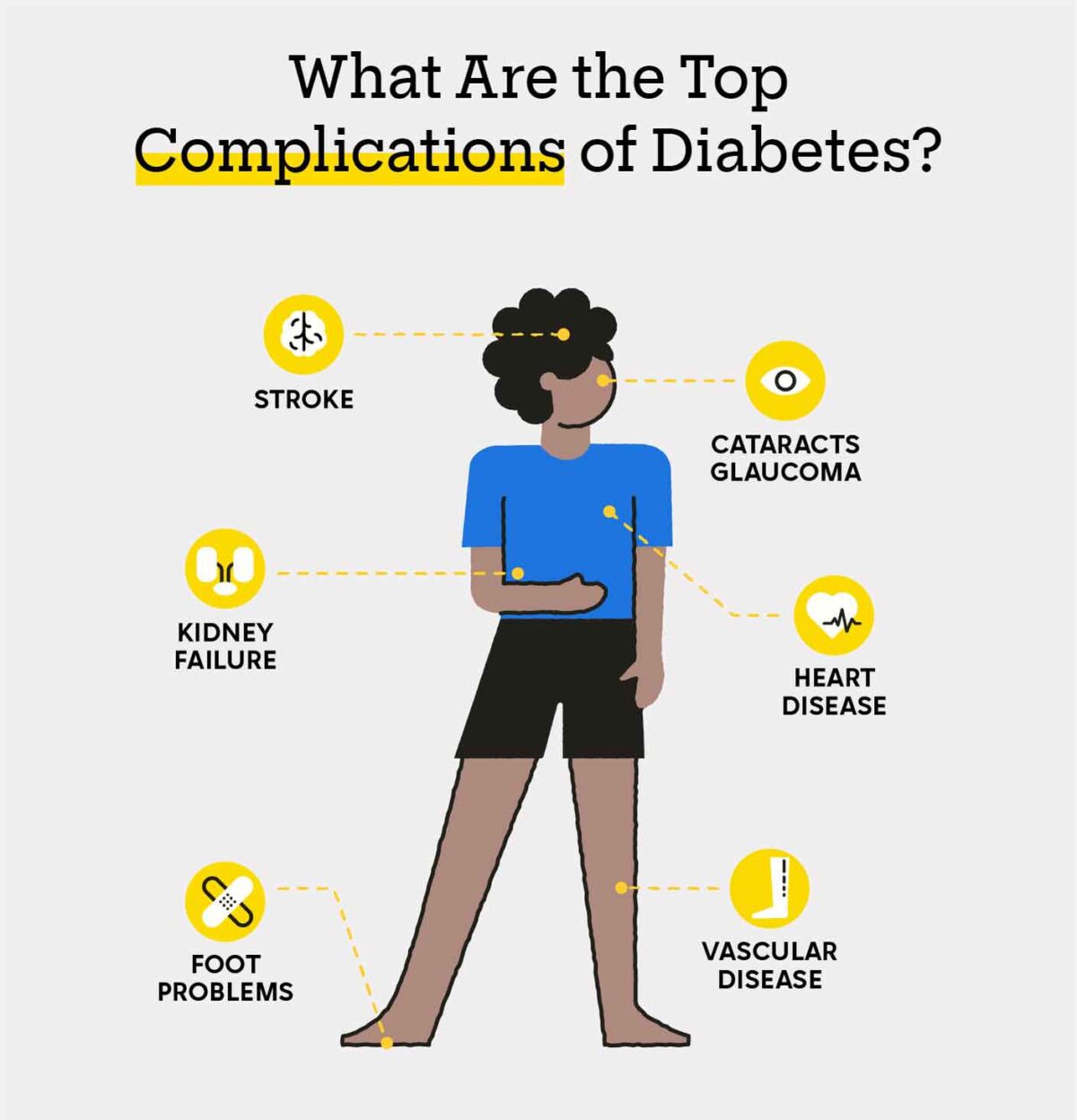Diabetes Management and its Effect on Foot
Foot problems are normal in people with diabetes. You may be afraid you’ll lose a toe, foot, or leg to diabetes, or know somebody who has, yet you can lower your possibility of having diabetes-related foot problems by dealing with your feet consistently. Managing your blood glucose levels, additionally called blood sugar, can likewise assist with keeping your feet healthy.
Diabetes prompts damage to your feet on the off chance that you have high blood sugar for the long haul. High blood sugar levels lead to diabetic neuropathy, making damage nerves that convey messages from your hands and feet.
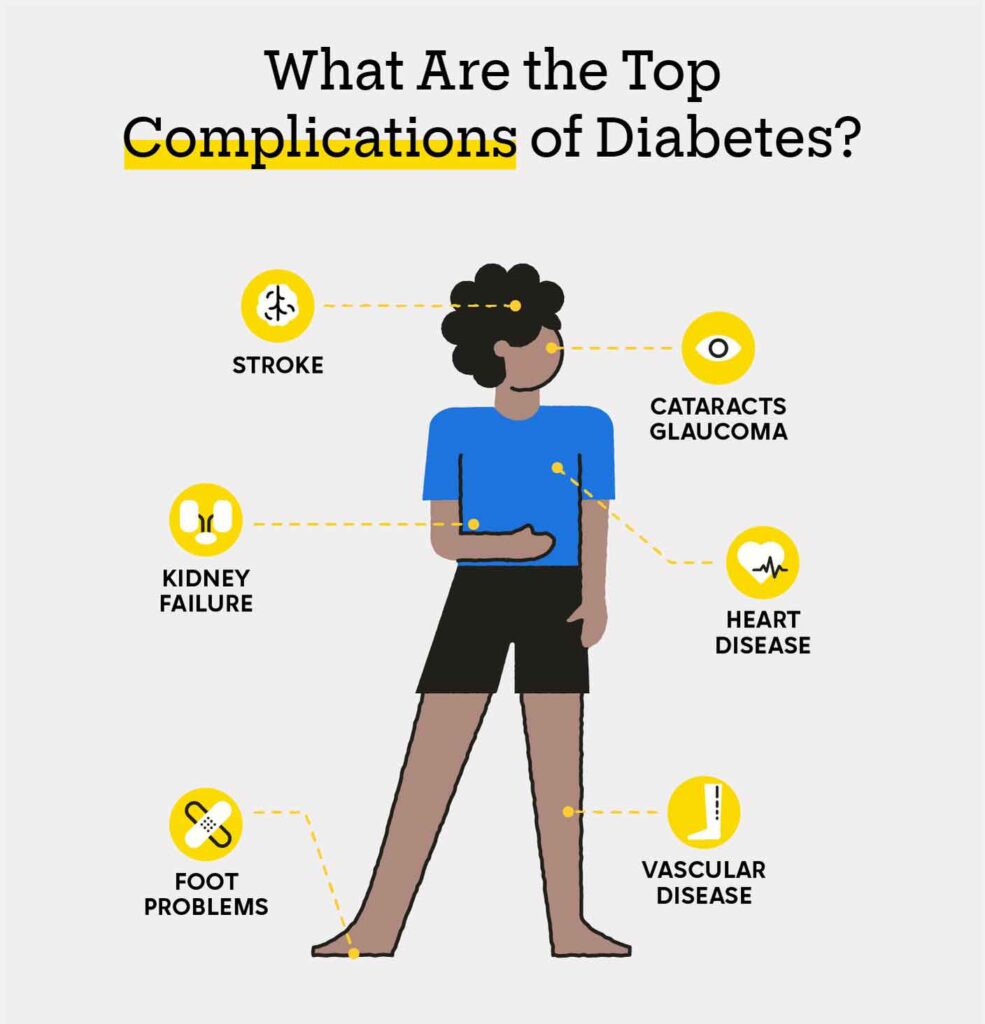
Effect of Poor Diabetes Management on Your foot
Diabetes causes damage to your body when the sugar level isn’t managed. There are different types of foot problems emerging from incorrect diabetes management :
Nerve problems
Nerve problems such as Peripheral Neuropathy are a major reason for diabetic foot pain. It is a serious diabetic complication where the nerves are directly affected. Feet and legs are affected first, followed by the hands and arms. The symptoms would include :
- Numbness in feet.
- Reduced endurance to feel pain.
- Change in temperature.
- Tingling and burning-like sensation.
- Sharp pains or cramps.
- Increased sensitivity to touch; even a bed sheet’s weight might feel painful.
- Major foot problems, like infections, ulcers, and bone & joint pain.
There are different types of peripheral neuropathy :
A. Mono-neuropathy or focal neuropathy : It includes damage to a particular nerve bringing about loss of movement, sensation, or various other functions of that nerve. It is of 2 sorts cranial and peripheral. The symptoms include :
- Double vision.
- Difficulty in focusing.
- Pain on the back side of the eye.
- Bell’s palsy leads to paralysis on either side of your face.
- Numbness or tingling in your fingers or hand, except your little finger.
- Weakness in your hand leads to a weakening grip.
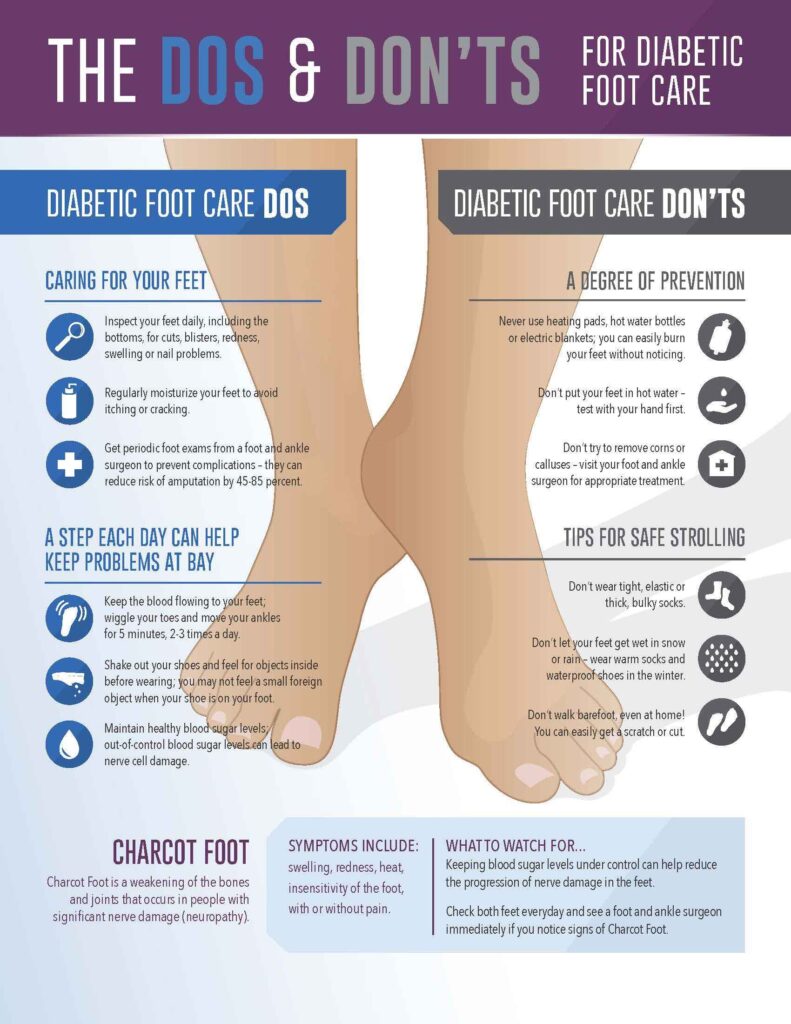
B. Proximal neuropathy or diabetic poly-radiculopathy : This mainly influences nerves to the muscles like thighs, hips, bum or legs, and stomach or chest region. Symptoms frequently start from one side of the body and could spread to the opposite side of the body. Some experiences include :
- Severe pain in a hip, thigh, or buttock
- Walking imbalances
- Weak and shrinking thigh muscles
- Difficulty getting up from a sitting position
- Severe stomach pain
- Inflammation of the skin
- Increased callus formation
C. Autonomic Neuropathy : This affects the nerves in regions that are not under our cognizant control. The perspiring component is modified prompting thickened, dry fingernail skin and nails; as well as dry, firm, broken skin – – which is dependent upon the development of thick calluses with more pain. The bacterial and fungal diseases could be more probable; an extra cause of pain and concern.
Circulation Problems – They cause intense pain in the feet, even though the feet could feel numb to the touch. The intense pain results from high blood sugar in the arteries, vessels, and veins. Arteries remove the new blood from the heart, which supports and gives oxygen to the tissues. The arteries behind the knee and the calf are generally usually impacted. Arteries experience the ill effects of fat stores that thickens the walls of arteries causing calcium stores. The fat store influences the bloodstream to the feet and could then be driving them to be partially or completely hindered. These tissues are starving for oxygen, prompting extremely painful circumstances portrayed like the feet are in a tight clamp and are being choked.
The capillaries get thickened and solid because of diabetes causing a decrease in conveying oxygen and supplements to and from the tissues.
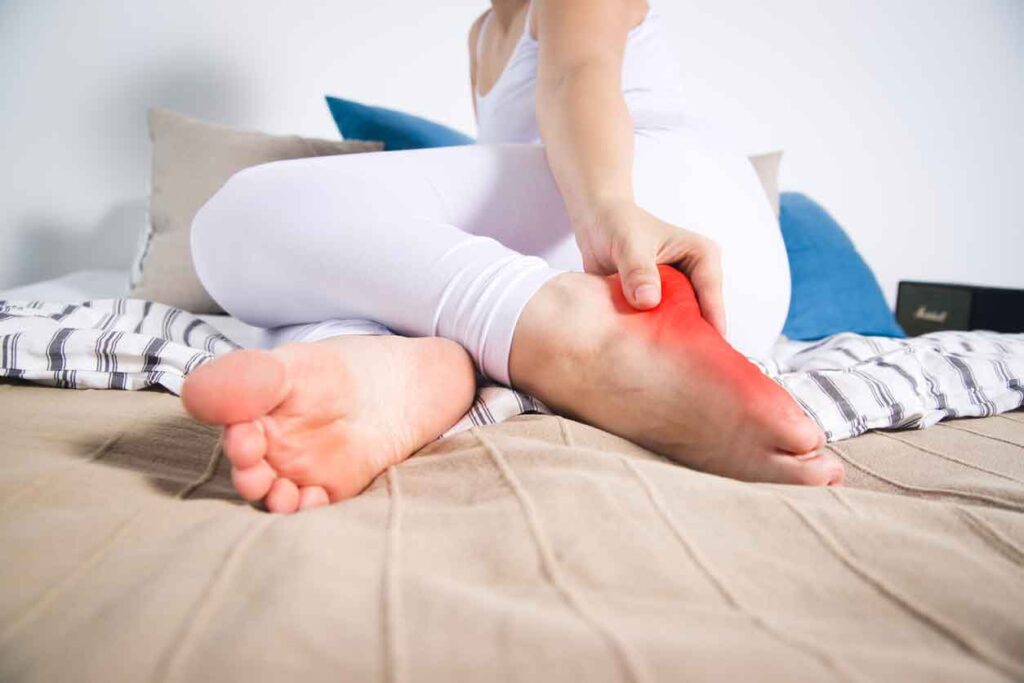
This leads to the swelling of veins and becomes painful when the arteries are not fit for dealing with the blood flow. The little channels are made to coordinate the blood over to the veins as opposed to attempting to push the blood through shut arteries. Now and again more blood in the veins makes them full making them break making the blood pool in the feet and legs. This could leak into the skin, making ulcerations creating what is going on.
Muscle & Joint Problems – Diabetic neuropathy, circulation problems, and decay that affect the muscles. The ligaments could turn out to be stiff and contract because of the strolling awkwardness connected with peripheral neuropathy. This powers the foot and joints to move in undesired ways. The ligaments could stiffen because of the excess blood sugar consolidating with the proteins in the joints called diabetic glycosylation of joints.
These could be a cause of pain, contamination, ulceration, and significant medical concern.
Frequent Infections – Diabetic people are inclined to bacterial, fungal, and yeast infections because of medical and nourishing changes occurring in the body. Bacterial infections happen in areas on the foot causing aggravation, ulceration, or injury. The bacterial disease includes symptoms like redness, swelling, warmth, pain, presence of pus, and tenderness. Fungal or yeast infections are a typical foot issue happening as athlete’s feet or fungal toenails. Athletes’ feet lead to skin becoming blistered, scaly, red, excited, and painful. Bacterial contamination could happen alongside fungal or yeast disease as the disturbed skin is a decent spot for germs to flourish. Fungal toenails become exceptionally thick, fine, and ingrown leaving debris under the nails and causing severe aggravation to the skin surrounding the nails. The disease can cause ingrown toes with callused nail grooves.
What are the Symptoms of Diabetes Foot Pain?
Diabetes-related foot pain includes symptoms like
- Tingling : It feels like a pins and needles sort of sensation.
- Pain or increased sensitivity : It is capable of pain or sensitivity to typically, not painful things. Pain could be caused by bed sheets brushing against your feet or feelings such as socks being uncomfortable or painful to wear.
- Numbness or weakness : Nerves assist you with feeling, and they will advise your muscles to work. Nerve damage causes the legs to feel weak when you stand up.
- Cut and wounds heal slower : Blood vessels convey resistant cells that assist in injury healing by battling infections and fixing the damaged tissue. Unfortunate blood circulation can occur in diabetes which causes a long time for the wound to heal.
How can I manage diabetes-related foot pain?
Diabetes management by primary care physicians helps in lessening diabetes-related foot pain. Diabetes can’t be relieved yet doctors work to prevent it from deteriorating. Some tips for the prevention of foot pain are :
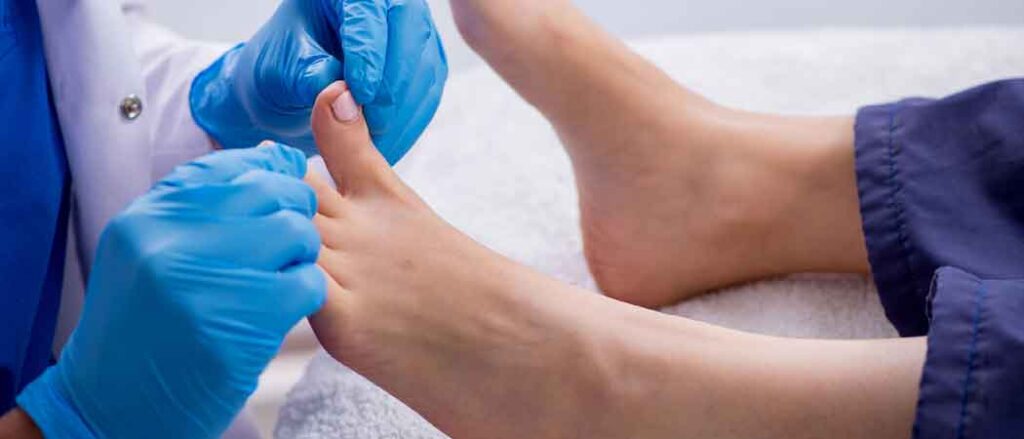
- Take a look at your feet every day for cuts and wounds
- Wear shoes around the house to prevent cuts and injuries
- Follow up with your primary care physician consistently
- Keep a healthy eating regimen and exercise routine for lowering high blood sugar
- Stop smoking to lessen the risk of complications
Outlook
The warning sign for your body is diabetes-related foot pain. Managing your diabetes is the best method for preventing diabetes-related foot pain. High sugar levels are the primary driver of nerve pain. Doctors would advise various steps to stay away from complications of diabetes by managing your blood sugar levels through diet, exercise, and medications.
Texas Speciality Care has a state-of-the-art medical laboratory to quickly diagnose any serious and chronic medical conditions. We are known for our professional and dedicated services and our center ensures timely, cost-effective, and high-quality diagnostic care.
Call us at (469) 545-9983 to book a telehealth appointment for a home check-up.

